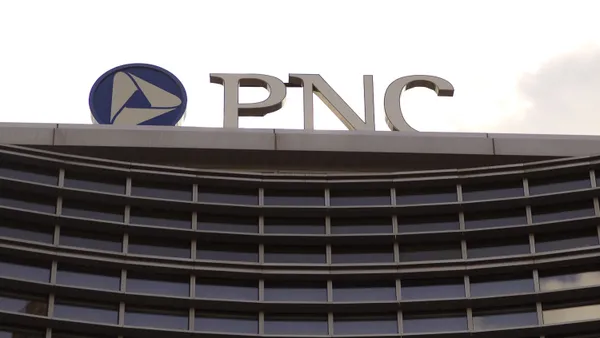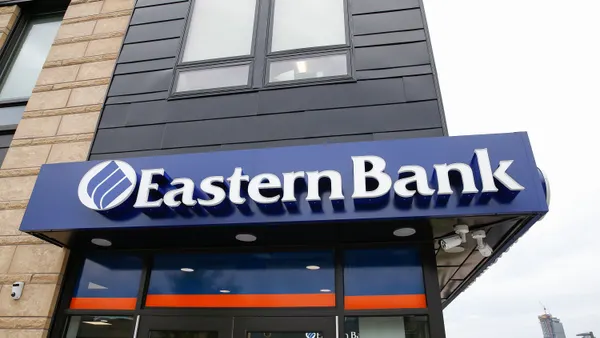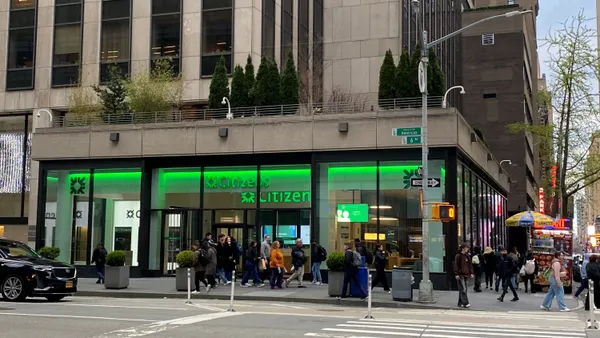Challenger banks and investment apps are seeing an uptick in deposits despite the economic tempest that is the coronavirus pandemic, executives from fintechs Varo and Stash said during a webinar last week.
The arrival of consumers' stimulus checks accounts for some of the swell. But beyond that, people are saving more in times of uncertainty — and rethinking how they bank.
"We’re seeing more than a 100% increase in weekly deposits (since the pandemic started)," said Brandon Krieg, CEO and founder of Stash, which offers subscription services for investing, banking, and saving. "This happened while the market was falling. It’s really about the consumer realizing that they can bank digitally."
And consumers don't typically abandon convenience when they find it, said Niko Karvounis, product lead at the data aggregator Plaid.
"The trend to digital financial services was inevitable, but now we're seeing it spike — and that kind of stuff doesn't roll back," he said. "Connectivity isn't a phrase we should take for granted. We're all stuck at home or somewhere that’s not the bank's physical location."
For Varo CEO Colin Walsh, the key is supporting the customer. In Varo's case, that base consists of "everyday hardworking Americans that are probably on the wrong side of macroeconomic trends,” including many essential workers, Walsh said.
Varo has hit several milestones over the past few months in its plan to expand. The FDIC in February approved the challenger bank's application to provide deposit insurance. Now it awaits sign-off from the Office of the Comptroller of the Currency (OCC) for a national banking charter. The company also likely picked up thousands of new accounts from Moven, which shuttered its digital banking arm April 30 to focus on developing its financial wellness technology to sell to businesses.
Through all of that, Varo has kept its eyes on how it can help in the short term. It modified its check capabilities to allow customers to deposit stimulus money, and increased customers' cash withdrawal limits at ATMs. It also boosted its hiring of call-center customer service representatives.
"When you think of someone in a lot of financial stress, the last thing they want is to sit on hold for an hour," Walsh said. "The idea of being able to get through to somebody is important. You can deliver human experience even as a digital bank."
Plaid, too, has sought to improve the user experience in obtaining small-business loans through the Paycheck Protection Program (PPP). The company rolled out a solution that connected payroll accounts to the site, allowing people to see whether they qualified for loans ahead of time rather than having to go through the website application first.
"If we're going to be living in a world of more isolation, (consumers want) what’s better and safer, more affordable and accessible," Walsh said. "We've got to help them navigate through this ... give them that steady drumbeat of assurance.
"These are brand-defining moments," he added. "If we’re going to be the next generation of financial institutions serving a large part of society, now is the time to step up and be there in meaningful ways."











